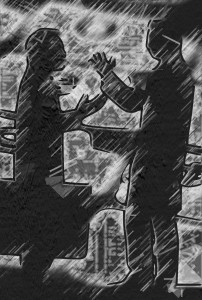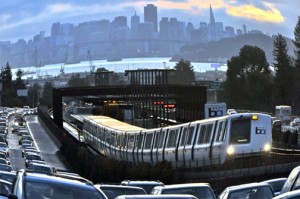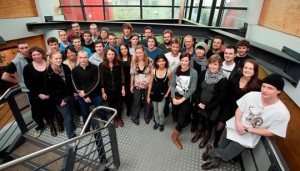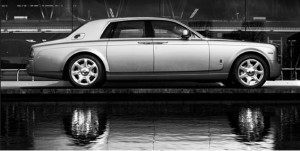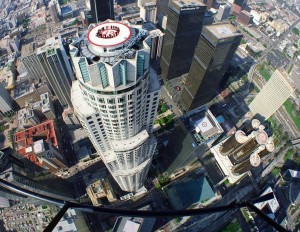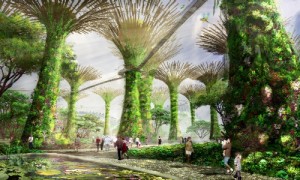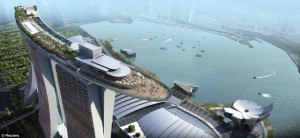
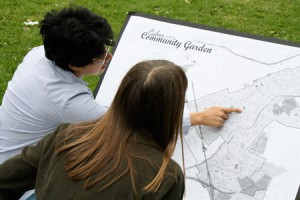 The start of the Downtown Connector at the
The start of the Downtown Connector at the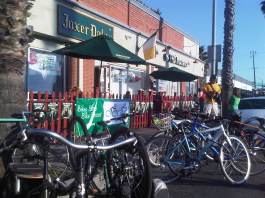 intersection of National Blvd. and Wesley St. The bicycle friendly street contains Sharrows, signage, narrow roads, and some traffic calming.
intersection of National Blvd. and Wesley St. The bicycle friendly street contains Sharrows, signage, narrow roads, and some traffic calming.
Following the decline of the studios in the 1960′s and 1970′s, Culver City had to reinvent itself. In the 1990′s, the city once commonly referred to as “The Heart of Screenland” undertook an aggressive campaign to revitalize their Downtown area that was mostly successful in attracting businesses and tourists to bolster the city’s economy. Today, nearly 40,000 people call Culver City home, and it’s widely thought of as a safe place to live and a good place to raise children.
Despite its reputation for embracing New Urbanism (in 2007 the New York Times called the city a “nascent Chelsea”), Culver City had never embraced transportation planning for cyclists and pedestrian. In fact, when the City approached the L.A. County Public Health Department about a PLACE Grant, it had never had either a bicycling or pedestrian element in its Master Plan. While critics of the plan, including some of the people that helped create it, complain that the plan isn’t as progressive or specific as it should be, for a city that was literally starting with no foundation or advocacy community, to create change this is a crucial first

